Home>Garden Essentials>How Long To Soak Pumpkin Seeds
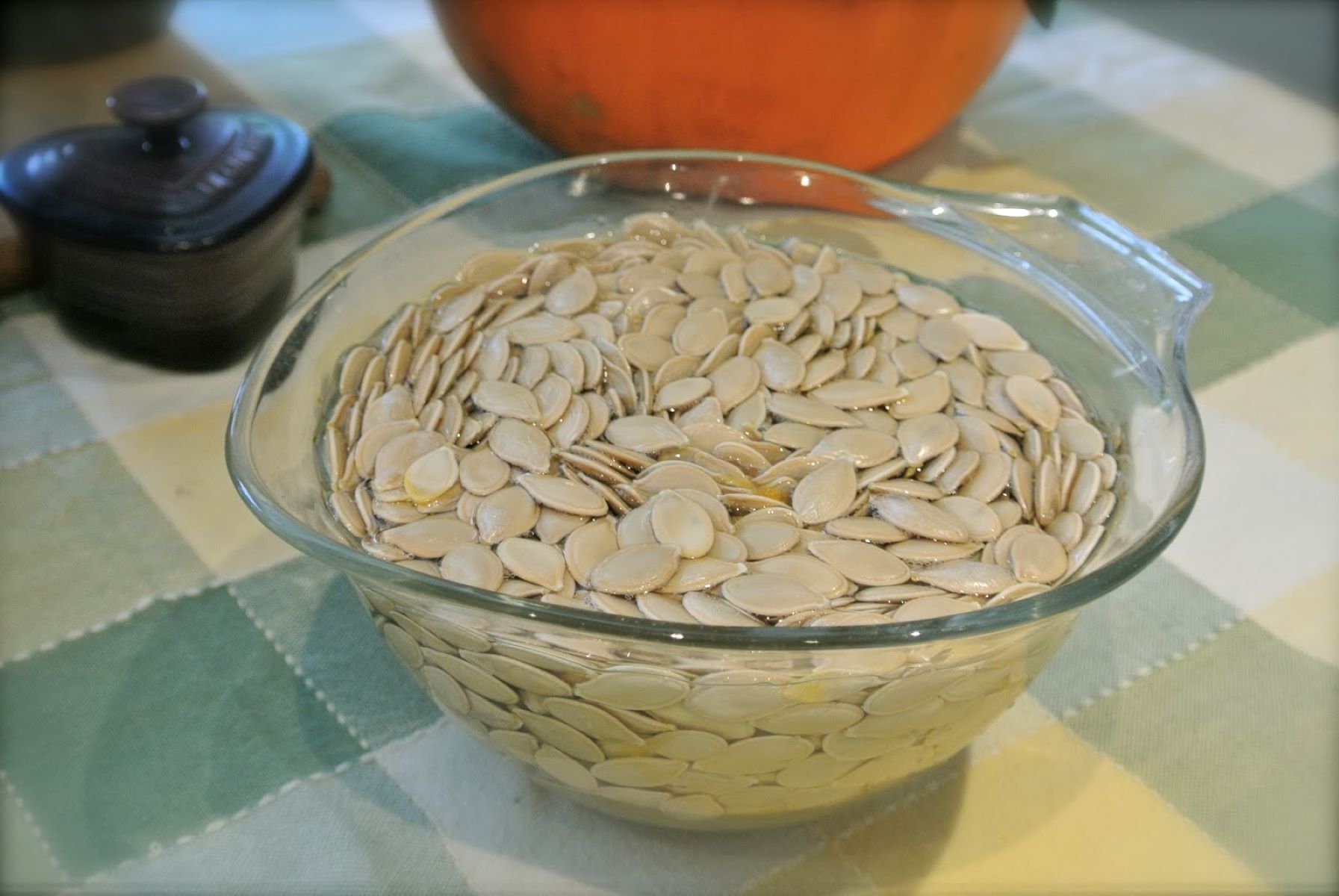

Garden Essentials
How Long To Soak Pumpkin Seeds
Modified: March 16, 2024
Discover how long to soak pumpkin seeds in your garden for optimal results. Find out the best soaking time and boost your seedling success.
(Many of the links in this article redirect to a specific reviewed product. Your purchase of these products through affiliate links helps to generate commission for Storables.com, at no extra cost. Learn more)
Introduction
Welcome to the world of gardening! If you’ve recently harvested a pumpkin and are wondering what to do with the seeds, you’re in luck. Pumpkin seeds, also known as pepitas, are a nutritious and versatile snack that can be enjoyed in a variety of ways. But before you dig in, it’s important to give the seeds a little love and attention. That’s where soaking comes into play.
Soaking pumpkin seeds is a simple yet effective process that involves soaking the seeds in water for a certain period of time. This step is essential for various reasons, including enhancing their taste, texture, and nutritional value. So if you’re curious about how long to soak pumpkin seeds and why it’s necessary, you’ve come to the right place.
Key Takeaways:
- Soaking pumpkin seeds for 6-12 hours removes bitterness, enhances nutrition, and improves texture, making them a delicious and healthy snack or recipe ingredient.
- Factors like seed freshness, size, and water temperature affect soaking time, so experiment to find the perfect texture for your soaked pumpkin seeds.
Why Soak Pumpkin Seeds
Soaking pumpkin seeds may seem like an extra step in the preparation process, but it’s definitely worth it. There are several reasons why soaking pumpkin seeds is beneficial.
One of the main reasons for soaking pumpkin seeds is to remove the natural compounds that can interfere with digestion. Pumpkin seeds contain phytic acid, which is classified as an anti-nutrient. Phytic acid can bind to minerals like zinc, magnesium, and calcium, preventing their absorption in the body. By soaking the seeds, you can reduce the phytic acid content and make these nutrients more available for your body to absorb.
In addition to reducing anti-nutrients, soaking also helps to deactivate enzyme inhibitors present in pumpkin seeds. These inhibitors can make digestion more difficult and inhibit the proper breakdown of proteins. Soaking the seeds helps to neutralize these inhibitors and improve their digestibility.
Another benefit of soaking pumpkin seeds is that it can improve the overall texture and taste. Soaking softens the seeds, making them easier to chew and digest. It also helps to remove any dirt or debris that may be present on the seeds, resulting in a clean and flavorful snacking experience.
Furthermore, soaking pumpkin seeds can enhance their nutritional value. The soaking process initiates enzymatic activity, which increases the bioavailability of vitamins and minerals. This means that your body can absorb and utilize these nutrients more efficiently.
Lastly, soaking the seeds can improve their germination rate if you plan to plant them. Soaking triggers the germination process, resulting in healthier and more robust seedlings when planted in the garden.
Now that we understand the reasons behind soaking pumpkin seeds, let’s delve into the various benefits that it provides.
Benefits of Soaking Pumpkin Seeds
Soaking pumpkin seeds offers a multitude of benefits, making them a worthwhile step in the preparation process. Let’s take a closer look at some of the advantages:
- Improved Digestibility: By soaking pumpkin seeds, you can reduce the phytic acid and enzyme inhibitors present in the seeds. This makes them easier to digest and allows your body to absorb the nutrients more effectively.
- Enhanced Nutritional Value: Soaking activates enzymatic activity in the seeds, which increases the availability of vitamins and minerals. This means that your body can fully utilize the nutrients present in the seeds, such as zinc, magnesium, and iron.
- Increased Antioxidant Content: Research suggests that soaking pumpkin seeds can enhance their antioxidant content. Antioxidants help protect your cells from damage caused by harmful free radicals, reducing the risk of chronic diseases.
- Improved Texture and Taste: Soaking softens the pumpkin seeds, resulting in a more pleasant texture and improved chewing experience. It also helps to remove any dirt or debris, leaving you with clean and flavorful seeds.
- Reduced Bitterness: Soaking can help reduce the bitterness of pumpkin seeds. This is especially beneficial if you plan to consume the seeds as a snack or use them in recipes that call for raw or lightly toasted seeds.
- Enhanced Germination: If you’re interested in growing pumpkins, soaking the seeds can significantly improve their germination rate. Soaking triggers the germination process and ensures healthier and more vigorous seedlings.
- Customization Options: Soaking seeds opens up opportunities for flavor customization. You can add spices, herbs, or salt to the soaking water to infuse the seeds with extra taste. This allows you to create unique and personalized snacks or toppings.
- Reduced Cooking Time: Soaking can help reduce the overall cooking time of pumpkin seeds. By softening the seeds beforehand, they will cook faster and more evenly, saving you time and energy in the kitchen.
As you can see, soaking pumpkin seeds provides a range of advantages, from improved digestibility to increased nutritional value. So, next time you harvest a pumpkin, be sure to give the seeds a good soak for a better snacking or cooking experience.
Factors Affecting Soaking Time
The soaking time for pumpkin seeds can vary depending on several factors. It’s important to consider these factors to ensure that you achieve the desired texture and taste. Here are the main factors that can influence the soaking time:
- Seed Freshness: The freshness of the pumpkin seeds plays a significant role in determining the soaking time. Freshly harvested seeds tend to have higher moisture content and may require shorter soaking times compared to older, drier seeds.
- Seed Size: The size of the pumpkin seeds can also impact the soaking time. Larger seeds may require longer soaking periods to soften adequately, while smaller seeds may need less time. Adjust the soaking time accordingly based on the size of the seeds you are working with.
- Preferred Texture: Your personal preference for the texture of the soaked pumpkin seeds will influence the soaking time. If you prefer a softer texture, you may opt for a longer soaking time. Conversely, if you prefer a slightly firmer texture, you can reduce the soaking time to achieve the desired result.
- Seed Variety: Different varieties of pumpkins can have variations in their seed composition, such as thickness and moisture content. These differences can affect the soaking time. Keep in mind that seeds from different pumpkin varieties may require slightly different soaking times to achieve the desired texture.
- Water Temperature: The temperature of the water used for soaking can impact the soaking time. Warm water helps to accelerate the softening process, reducing the soaking time. If you choose to soak the seeds in cold or room temperature water, you may need to extend the soaking time to achieve the desired result.
- Soaking Method: The method you use for soaking can also influence the soaking time. Traditional soaking methods involve submerging the seeds in water, while some alternative methods involve brining or fermenting. Each method may require different soaking times, so be sure to follow the instructions specific to the method you choose.
It’s essential to consider these factors and make adjustments to the soaking time accordingly. You can experiment with different soaking times to find the perfect balance that suits your preferences. Remember to taste test the seeds periodically during the soaking process to ensure they reach your desired level of softness.
Now that we’ve explored the factors that can affect soaking time, let’s dive into the recommended soaking time for pumpkin seeds.
Recommended Soaking Time for Pumpkin Seeds
The recommended soaking time for pumpkin seeds typically ranges from 6 to 12 hours. This timeframe allows the seeds to absorb water and soften, resulting in a more enjoyable texture and improved digestibility. However, the specific soaking time can vary depending on factors such as seed freshness, size, preferred texture, and water temperature. Here are a few guidelines to help you determine the optimal soaking time:
- Standard Soaking Time: If you’re looking for a general guideline, soaking pumpkin seeds for around 8 hours is a good starting point. This allows the seeds to fully hydrate and soften, making them easier to digest and enhancing their overall taste and texture.
- Adjusting Soaking Time: Depending on your preference, you can choose to adjust the soaking time to achieve the desired texture. If you prefer a softer texture, you can extend the soaking time to 10 or even 12 hours. On the other hand, if you prefer a slightly firmer texture, you can reduce the soaking time to 6 hours. Remember, these adjustments can vary based on factors like seed freshness and size, so it’s important to monitor the seeds and taste test them periodically to gauge their softness.
- Water Temperature: The water temperature used for soaking can also impact the soaking time. If you use warm water, the seeds will soften more quickly, potentially reducing the soaking time. However, if you prefer to use cold or room temperature water, you may need to extend the soaking time to achieve the desired softness.
- Alternative Soaking Methods: It’s worth noting that certain alternative methods, such as brining or fermenting pumpkin seeds, may have different recommended soaking times. These methods often involve additional steps and longer soaking durations to achieve specific flavor profiles or textural changes. If you choose to explore these methods, be sure to follow the instructions provided to ensure the best results.
Ultimately, the recommended soaking time for pumpkin seeds may require some experimentation to find your preferred texture. It’s important to take note of the various factors that can influence the soaking time and make adjustments accordingly. Remember to taste test the seeds during the soaking process to determine if they have reached your desired softness.
Now that we have a recommended soaking time in mind, let’s explore a step-by-step guide to soaking pumpkin seeds to achieve the best results.
Soak pumpkin seeds in water for at least 8 hours or overnight to help improve their digestibility and nutrient absorption. This can also make them easier to blend into a smooth consistency for recipes like pumpkin seed butter.
Step-by-Step Guide to Soaking Pumpkin Seeds
Soaking pumpkin seeds is a straightforward process that requires minimal effort. Follow this step-by-step guide to ensure your pumpkin seeds are properly soaked:
- Harvest and Clean: Start by harvesting the pumpkin seeds from your fresh pumpkin. Remove any flesh or pulp from the seeds by rinsing them under cool running water. This helps to ensure a clean and debris-free soaking process.
- Choose a Soaking Container: Select a container large enough to hold the pumpkin seeds and provide ample room for them to expand as they soak. A glass or ceramic bowl works well for this purpose.
- Add Water: Place the pumpkin seeds in the container and cover them with filtered water. The water should be at least an inch above the seeds. You can choose to use warm, room temperature, or cold water, depending on your preferences and the desired soaking time.
- Add Salt or Flavorings (Optional): If desired, you can enhance the flavor of the pumpkin seeds by adding salt or other seasonings to the soaking water. This step is optional but can add a delicious twist to your soaked seeds. Stir the water gently to ensure the salt or flavorings are evenly distributed.
- Cover and Soak: Cover the container with a clean cloth or plastic wrap to prevent any contaminants from entering. Allow the pumpkin seeds to soak for the recommended duration, typically 6 to 12 hours. Take note of the desired texture you prefer and adjust the soaking time accordingly.
- Drain and Rinse: After the soaking period is complete, drain the water from the container. Rinse the pumpkin seeds under running water to remove any remaining residue or salt. This step ensures clean and ready-to-eat seeds.
- Use or Store: At this point, your soaked pumpkin seeds are ready to be enjoyed! You can eat them as a healthy snack, add them to salads, granola, or use them as toppings for various dishes. If you have any leftover soaked seeds, store them in an airtight container in the refrigerator for up to a week.
That’s it! Following these simple steps will ensure that your pumpkin seeds are properly soaked and ready for consumption. Enjoy the delicious taste, improved texture, and enhanced nutritional benefits that soaking provides!
If you’re interested in exploring alternative soaking methods for pumpkin seeds, continue reading to learn about other techniques you can try.
Alternative Methods for Soaking Pumpkin Seeds
Besides the traditional soaking method, there are a few alternative methods you can try to enhance the flavor and texture of your pumpkin seeds. These methods introduce additional steps or ingredients to create unique and delicious soaked seeds. Here are a few alternative methods for soaking pumpkin seeds:
- Brining: Brining involves soaking the pumpkin seeds in a solution of saltwater before drying and roasting them. This method adds flavor and can help reduce bitterness. To brine pumpkin seeds, dissolve salt in water and let the seeds soak for several hours or overnight. After soaking, drain the brine, rinse the seeds, and proceed with drying and roasting.
- Fermenting: Fermenting pumpkin seeds can give them a tangy and probiotic-rich twist. To ferment the seeds, add salt and water to the container, cover it loosely, and let it sit at room temperature for a few days. This process allows beneficial bacteria to break down the phytic acid, enhancing digestibility and flavor. After fermenting, rinse the seeds, drain them, and proceed with drying or roasting.
- Marinating: Marinating can infuse the pumpkin seeds with additional flavors and spices. After soaking the seeds in water, transfer them to a bowl and toss them with your desired marinade. This can include ingredients like olive oil, soy sauce, lime juice, or a blend of herbs and spices. Allow the seeds to sit in the marinade for a few hours or overnight, then drain and proceed with drying or roasting.
- Spice Infusion: Another alternative method is to infuse the soaking water with spices and herbs for added flavor. Add your desired spices and herbs, such as cinnamon, cayenne pepper, garlic powder, or smoked paprika, to the water before soaking the pumpkin seeds. This will infuse the seeds with aromatic flavors as they soak. Drain the seeds after soaking and proceed with drying or roasting.
These alternative methods offer exciting variations to the traditional soaking process, allowing you to experiment and discover new flavors and textures with your pumpkin seeds. Remember to adjust the soaking time as necessary and taste test the seeds periodically to ensure they reach the desired texture and flavor.
Now that you’re armed with different soaking methods, let’s explore some tips and tricks to help you make the most out of your soaked pumpkin seeds.
Tips and Tricks for Soaking Pumpkin Seeds
Soaking pumpkin seeds is a simple process, but a few tips and tricks can help you achieve the best results. These suggestions will help enhance the flavor, texture, and overall experience of your soaked pumpkin seeds. Here are some helpful tips and tricks:
- Use Filtered Water: When soaking pumpkin seeds, it’s best to use filtered water whenever possible. This helps remove any impurities and chlorine that may affect the taste of the seeds.
- Choose Fresh Seeds: The freshness of the pumpkin seeds can greatly impact the quality of the soaking process. Opt for fresh seeds that have been recently harvested to ensure optimal texture and taste.
- Adjust Salt Levels: Salt can enhance the flavor of soaked pumpkin seeds. Experiment with different amounts of salt in the soaking water to find your preferred taste. Keep in mind that it is better to start with less salt and add more if needed, as you can always adjust the seasoning later.
- Experiment with Seasonings: Don’t be afraid to get creative and add various seasonings to the soaking water. Spices like paprika, cayenne pepper, or cinnamon can add depth and complexity to the flavor profile of the soaked seeds.
- Consider Sweet or Savory Flavors: Depending on your preference, you can tailor the flavor of the soaked pumpkin seeds to be sweet or savory. For a sweet version, try adding a touch of honey, maple syrup, or cinnamon to the soaking water. For a savory twist, experiment with garlic powder, onion powder, or your favorite herbs and spices.
- Don’t Over-Soak: While soaking is essential, be cautious not to over-soak the pumpkin seeds. Extended soaking can cause the seeds to become mushy and lose their desired texture. Monitor the seeds closely and taste test them periodically during the soaking process to ensure they reach the desired softness.
- Dry Thoroughly: After soaking, it’s important to drain and thoroughly dry the pumpkin seeds before using or storing them. Use a clean kitchen towel or paper towels to pat them dry and remove any excess moisture. This will ensure that the seeds roast or store properly without any risk of molding.
- Store Properly: If you have leftover soaked pumpkin seeds, store them in an airtight container in the refrigerator. This will help maintain their freshness and prevent them from becoming stale. Enjoy them within a week for the best flavor and texture.
By following these tips and tricks, you can elevate your soaked pumpkin seeds and enjoy a delicious and nutritious snack. Don’t be afraid to get creative and experiment with flavors to find your favorite combination.
As we conclude our discussion on soaking pumpkin seeds, you now have a wealth of knowledge to prepare and enjoy these nutritious and versatile treats. So go ahead and make the most of your pumpkin harvest by treating yourself to a batch of delicious soaked pumpkin seeds!
Happy soaking and snacking!
Conclusion
Soaking pumpkin seeds is a simple yet transformative step in unlocking their full potential. By soaking the seeds, you can enhance their digestibility, improve their nutritional value, and elevate their taste and texture. Whether you choose the traditional soaking method or explore alternative techniques like brining, fermenting, or marinating, the benefits of soaking are undeniable.
Throughout this article, we’ve discussed the reasons why soaking pumpkin seeds is important, including the reduction of anti-nutrients, improved digestibility, and enhanced taste and nutrition. We’ve also explored the factors that can affect the soaking time, offering guidelines to help you achieve the desired texture.
Additionally, we’ve provided a step-by-step guide to soaking pumpkin seeds, highlighting the importance of choosing fresh seeds, adjusting salt levels, and properly storing the soaked seeds. We’ve also shared alternative methods for soaking, such as brining, fermenting, and spice infusion, to add unique flavors and textures to your pumpkin seeds.
To make the most out of your soaked pumpkin seeds, we’ve shared some valuable tips and tricks, including using filtered water, experimenting with seasonings, and ensuring proper drying and storage. These insights will help you achieve the tastiest and most nutritious results with your soaked pumpkin seeds.
Whether you enjoy them as a snack, use them as toppings, or incorporate them into various recipes, soaked pumpkin seeds offer a versatile and delicious addition to your culinary adventures.
So, the next time you find yourself with a fresh pumpkin and its seeds, don’t forget the incredible benefits of soaking. Take the time to nurture and transform the seeds into a delectable and nutritious treat. Happy soaking and enjoy the delightful flavors and textures that come with it!
Frequently Asked Questions about How Long To Soak Pumpkin Seeds
Was this page helpful?
At Storables.com, we guarantee accurate and reliable information. Our content, validated by Expert Board Contributors, is crafted following stringent Editorial Policies. We're committed to providing you with well-researched, expert-backed insights for all your informational needs.
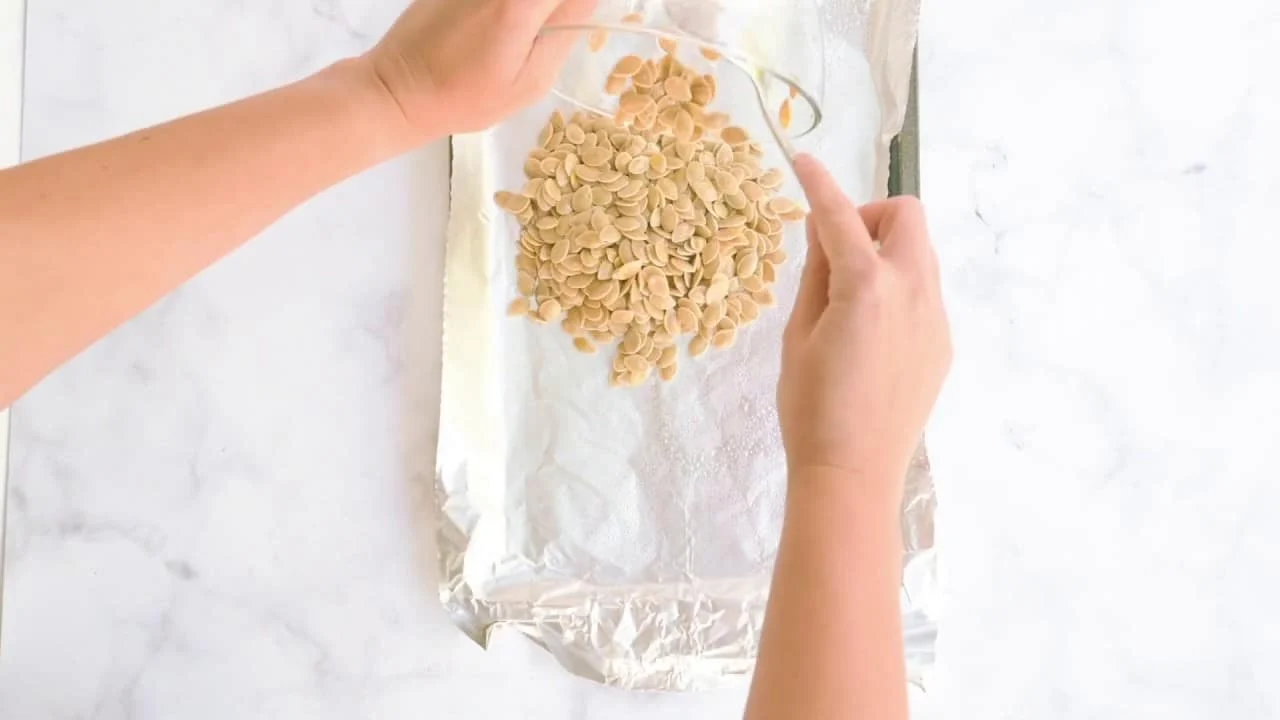
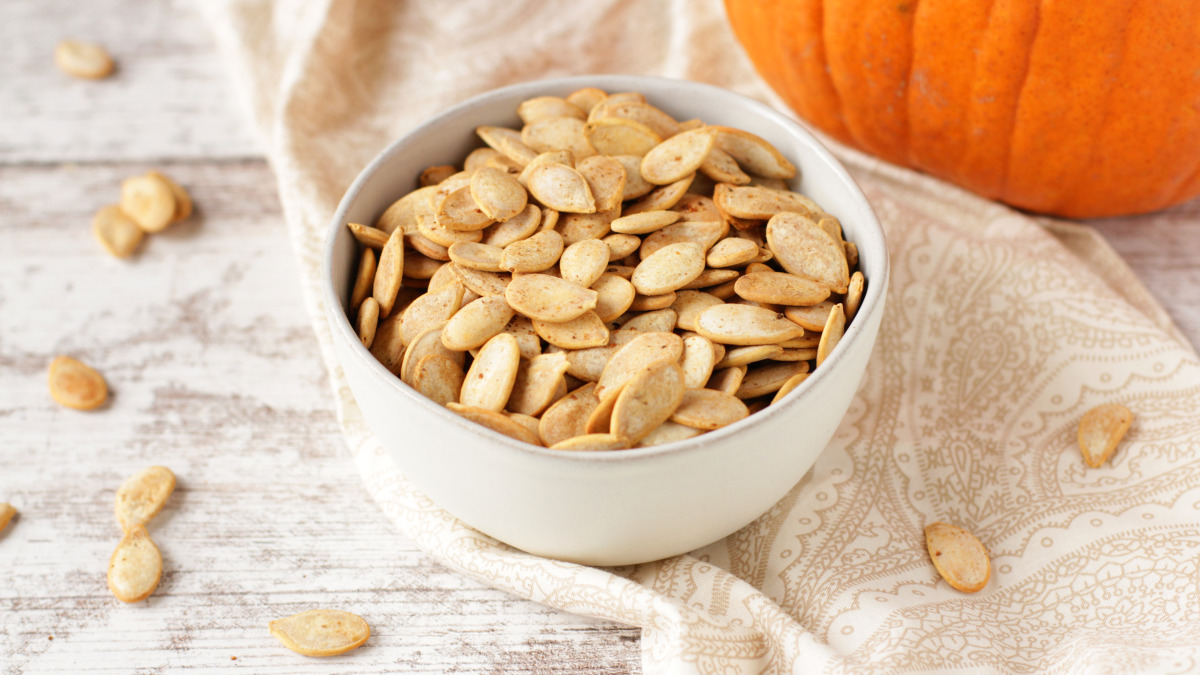
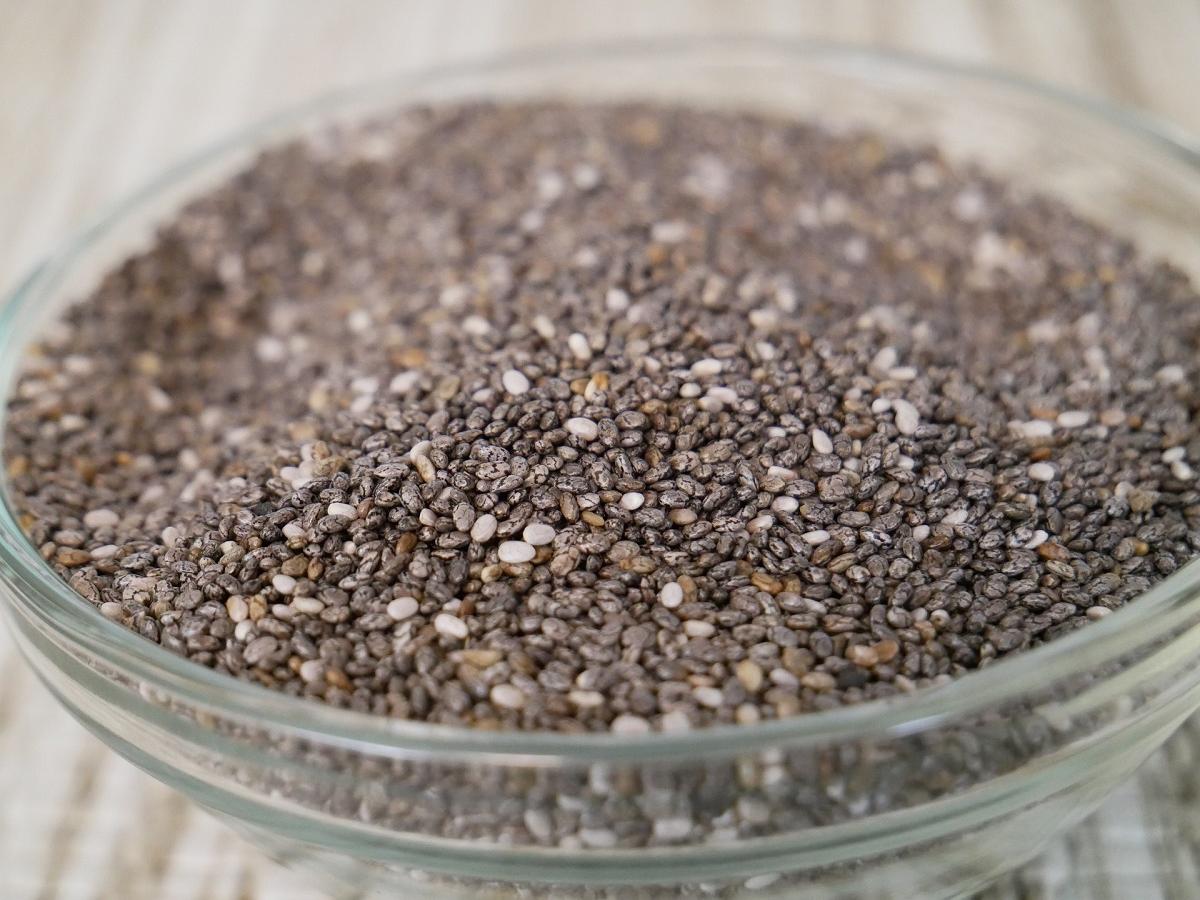
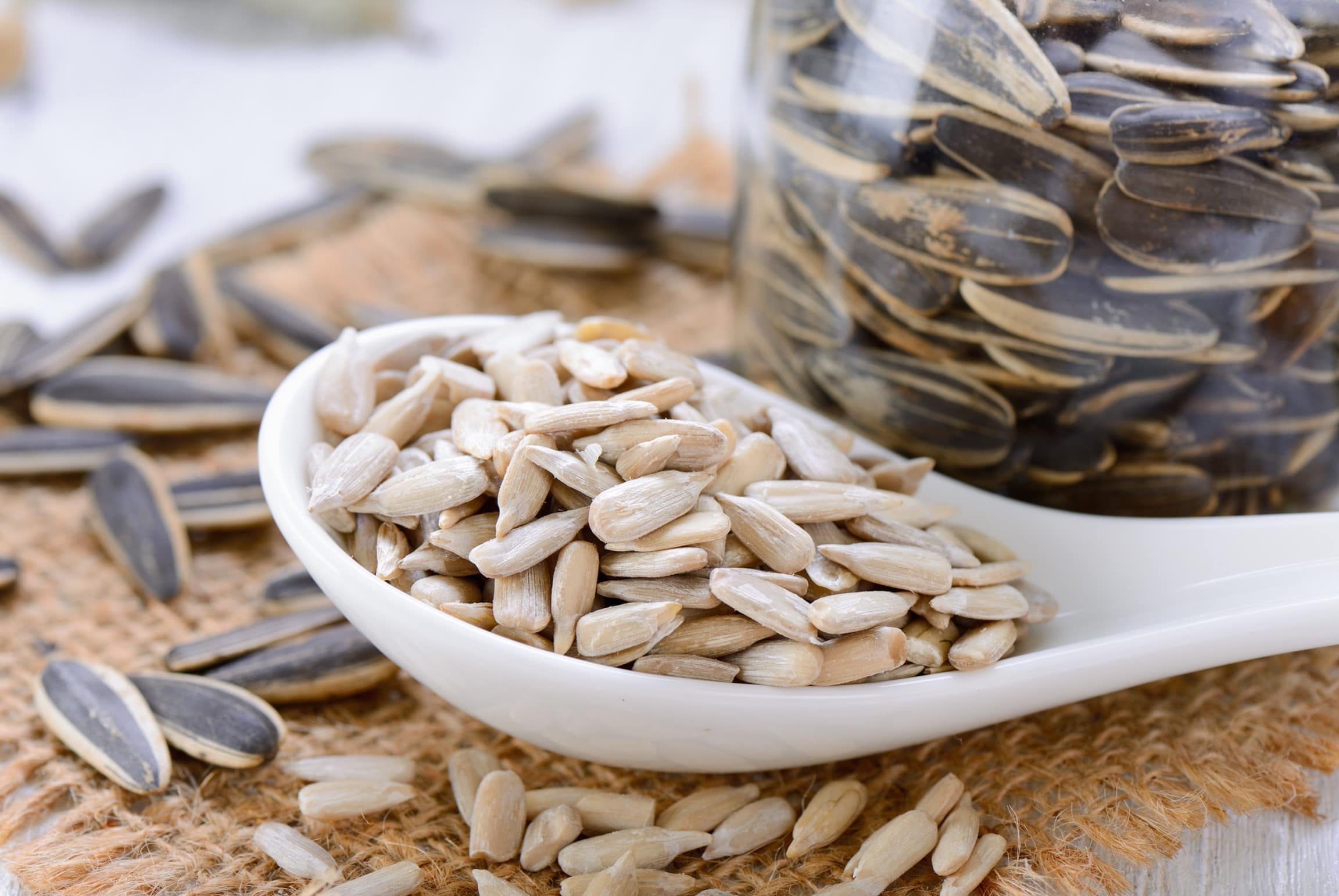
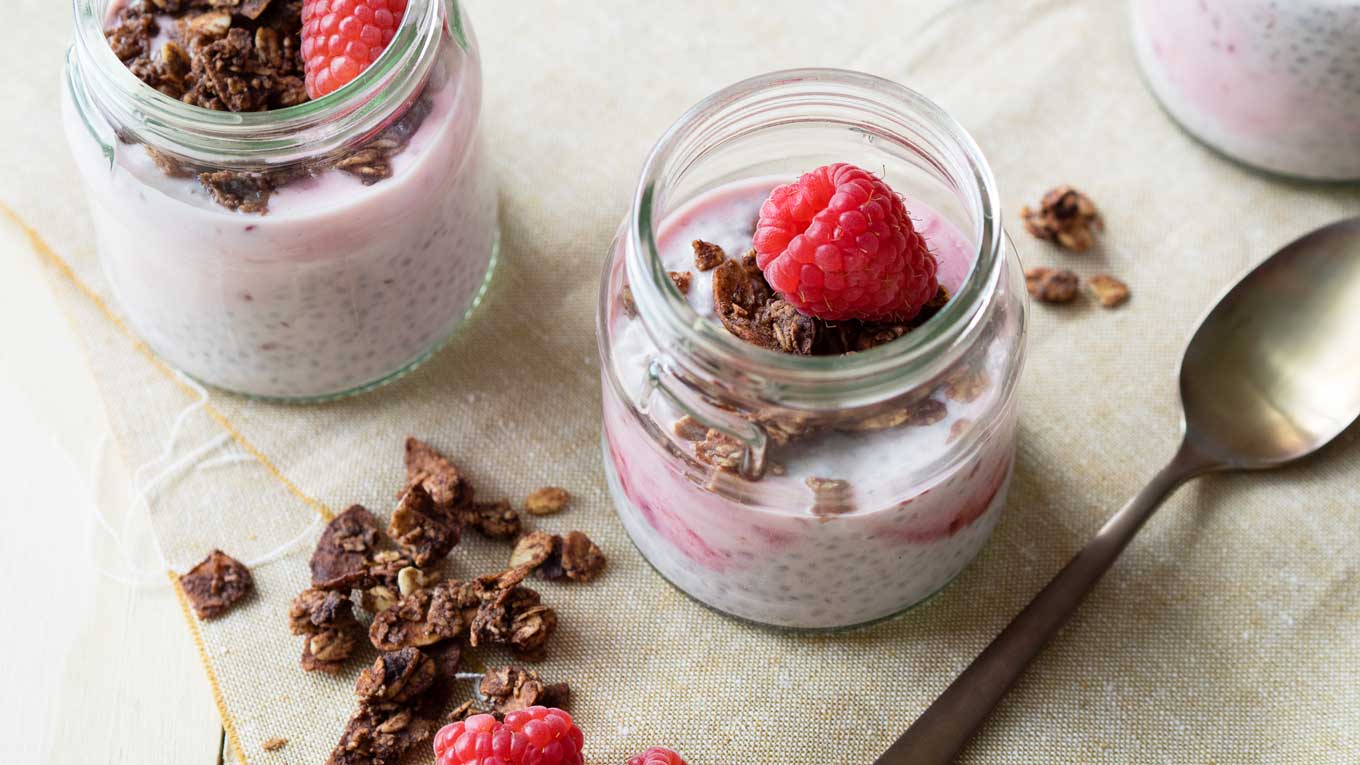
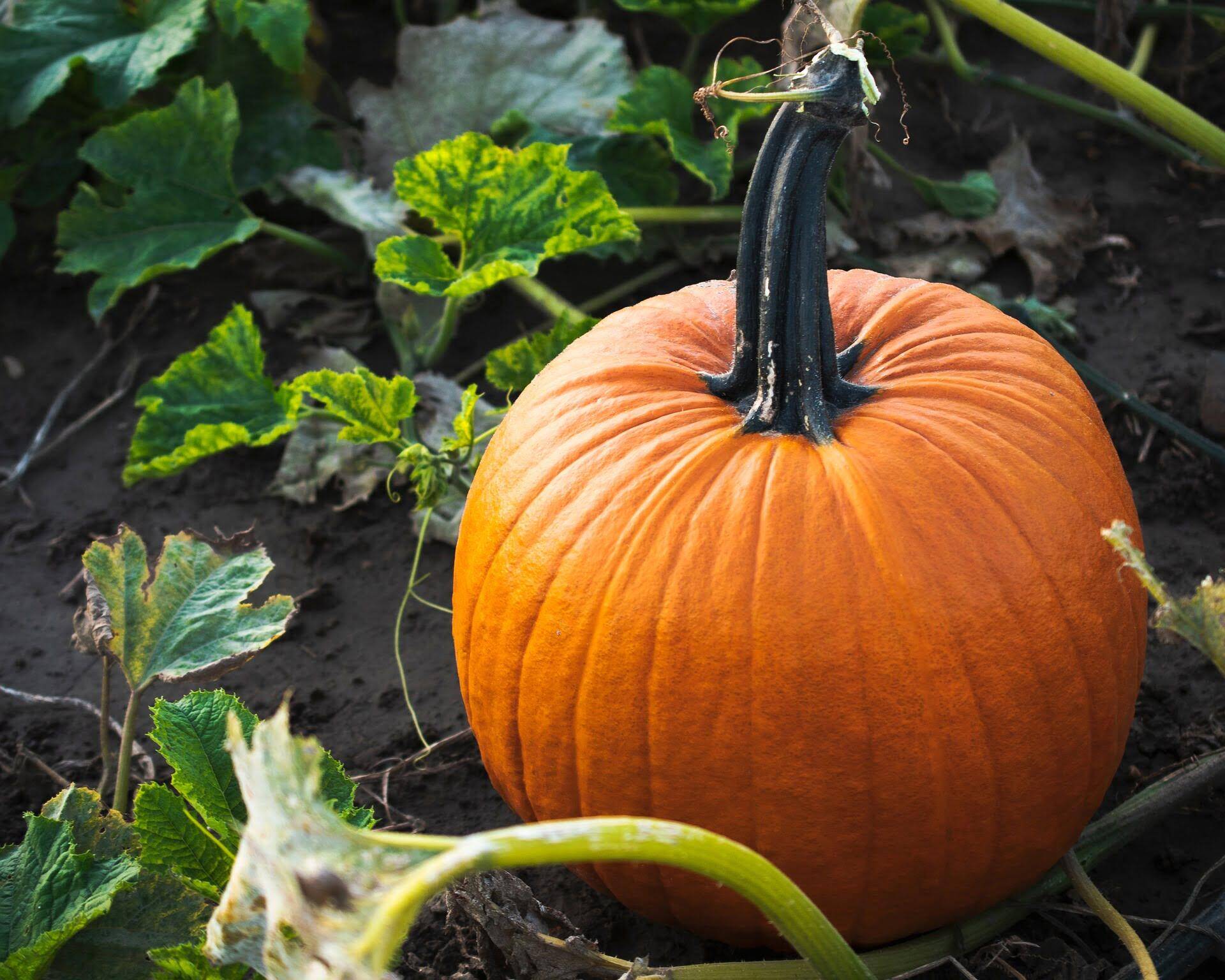
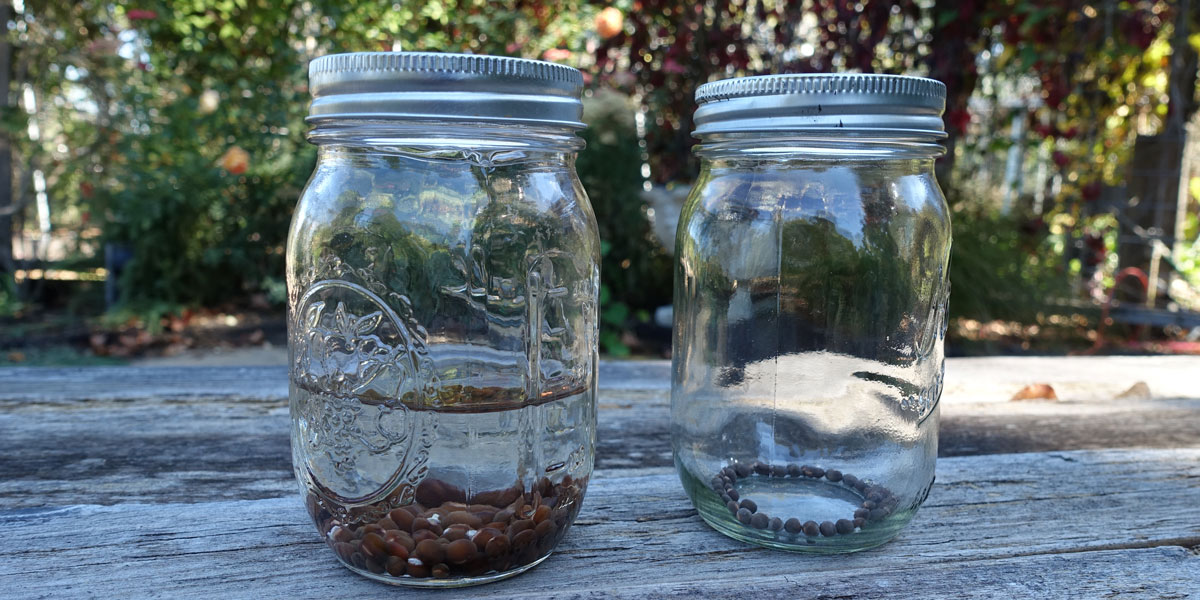
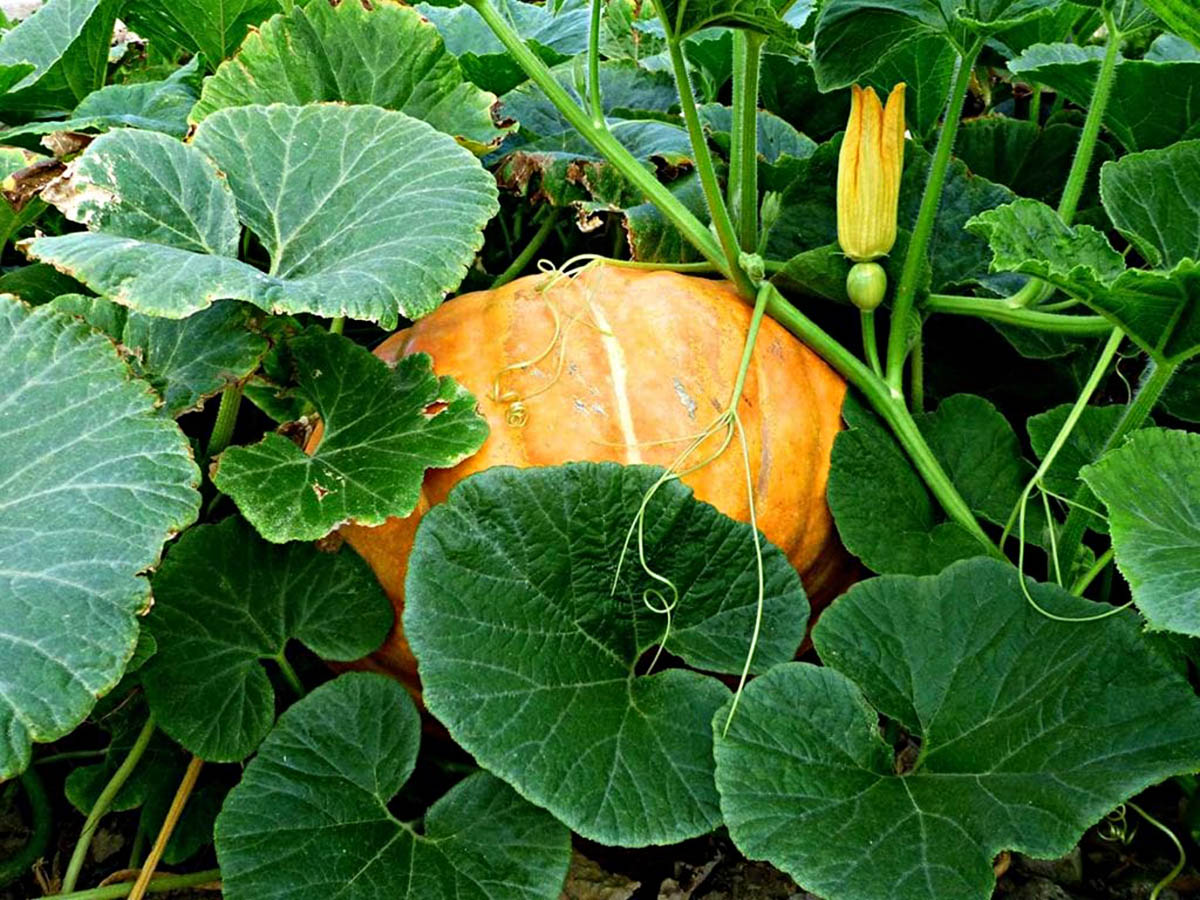
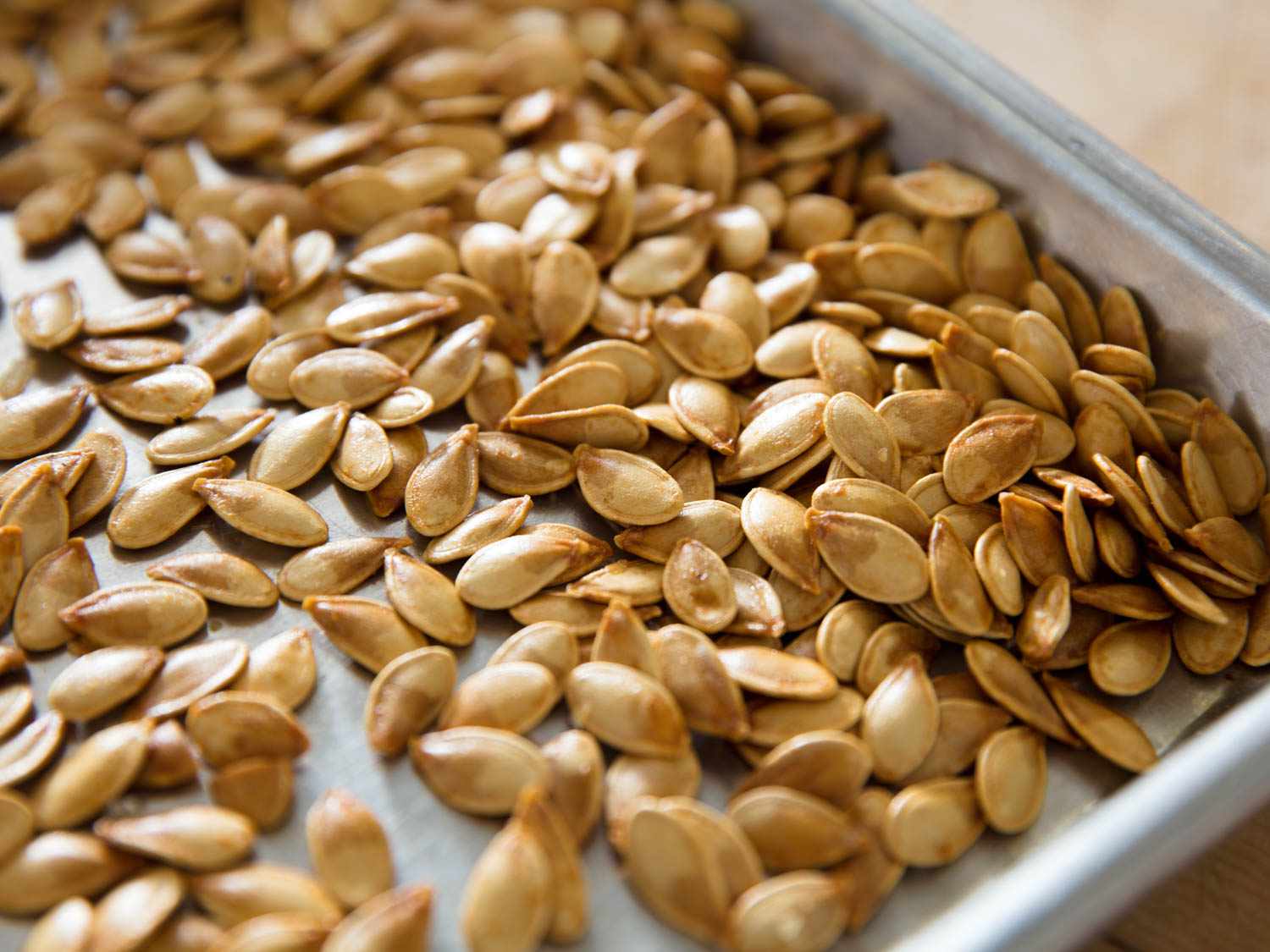
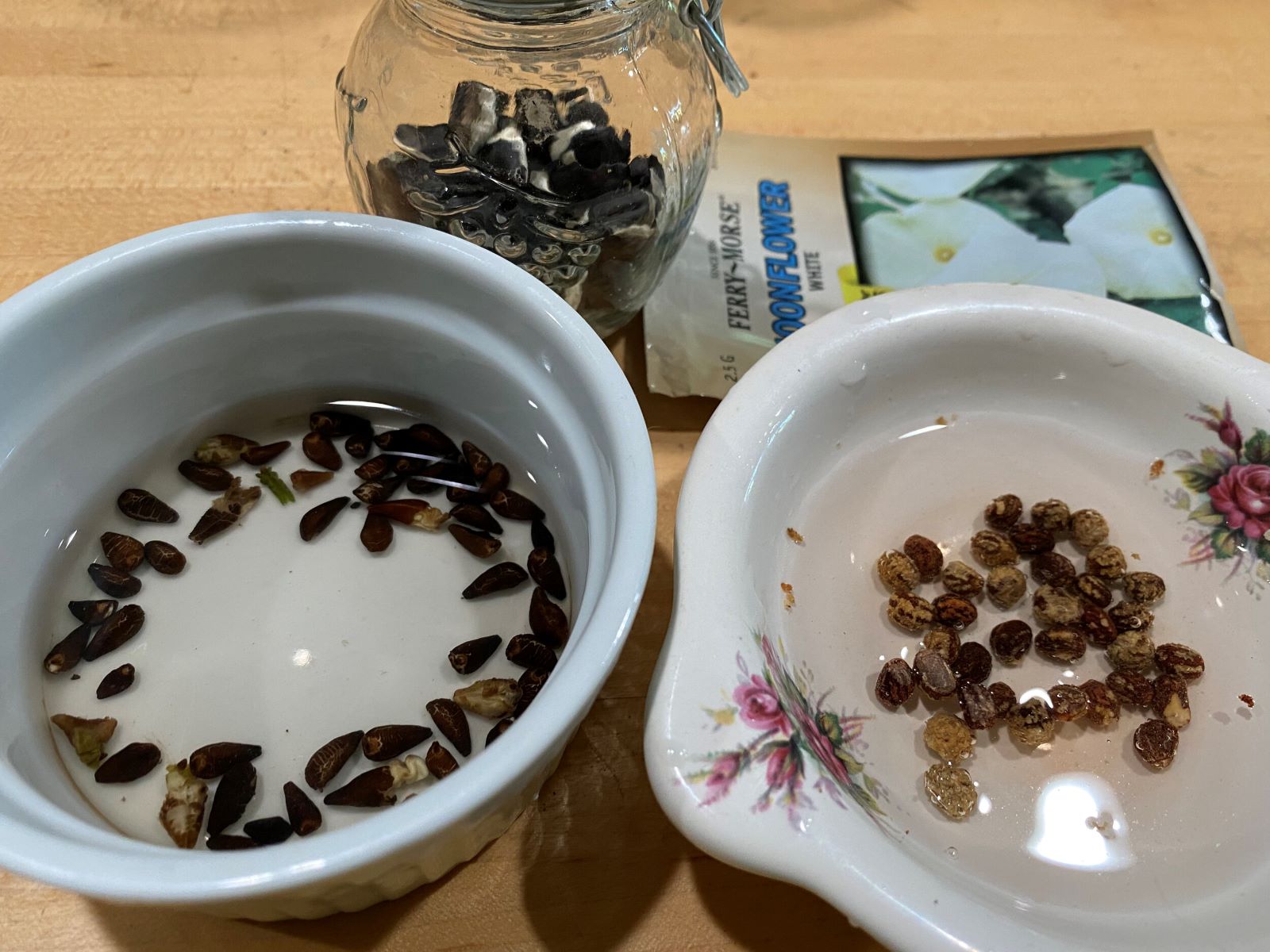
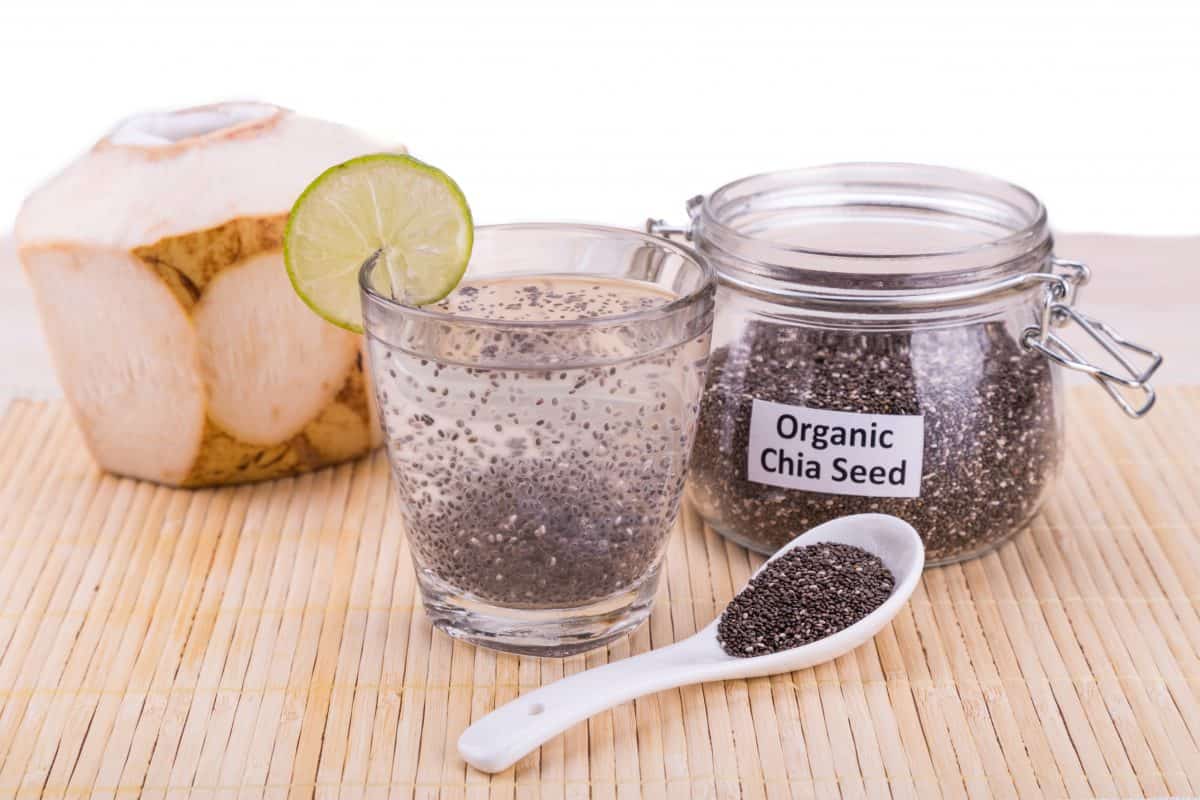
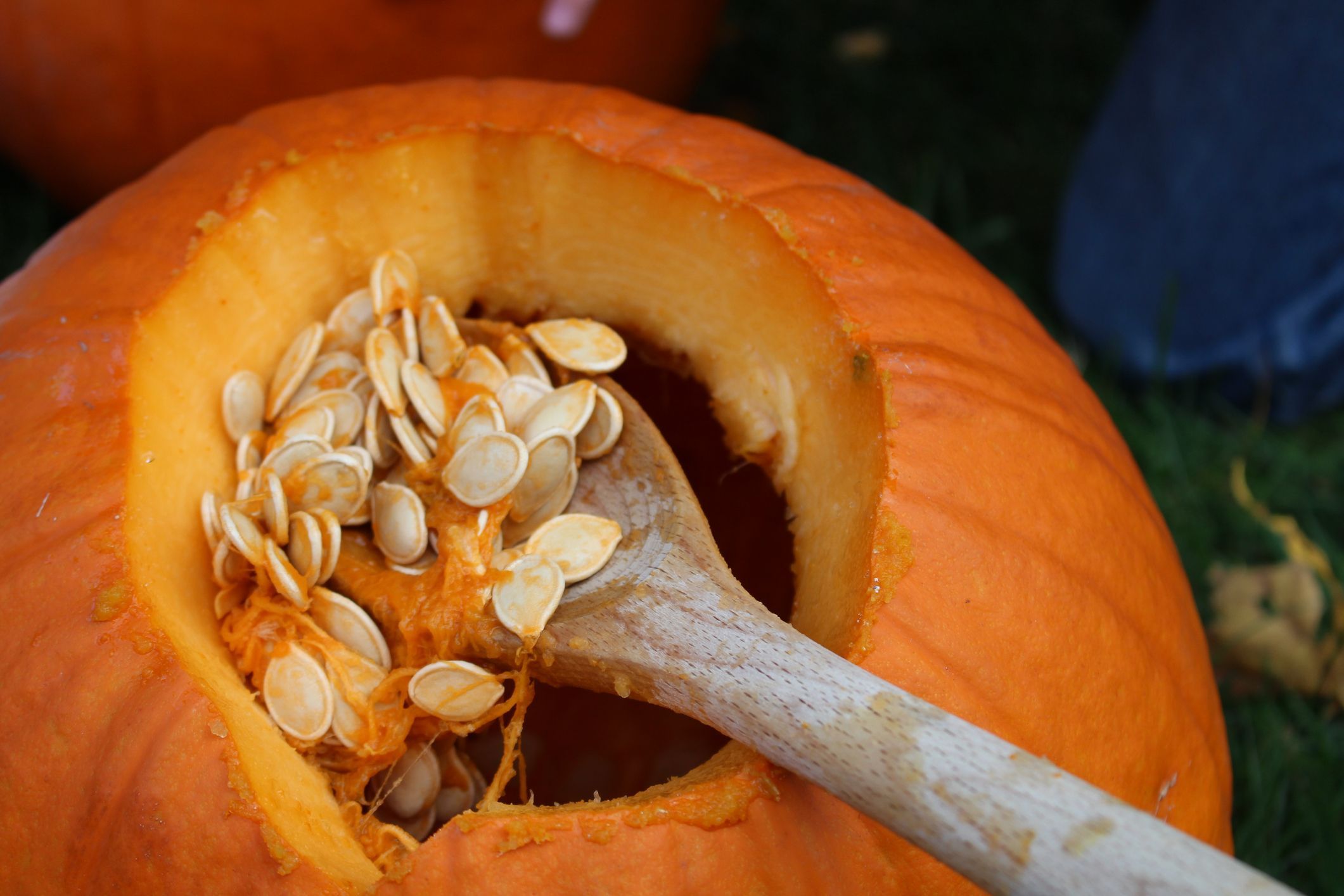
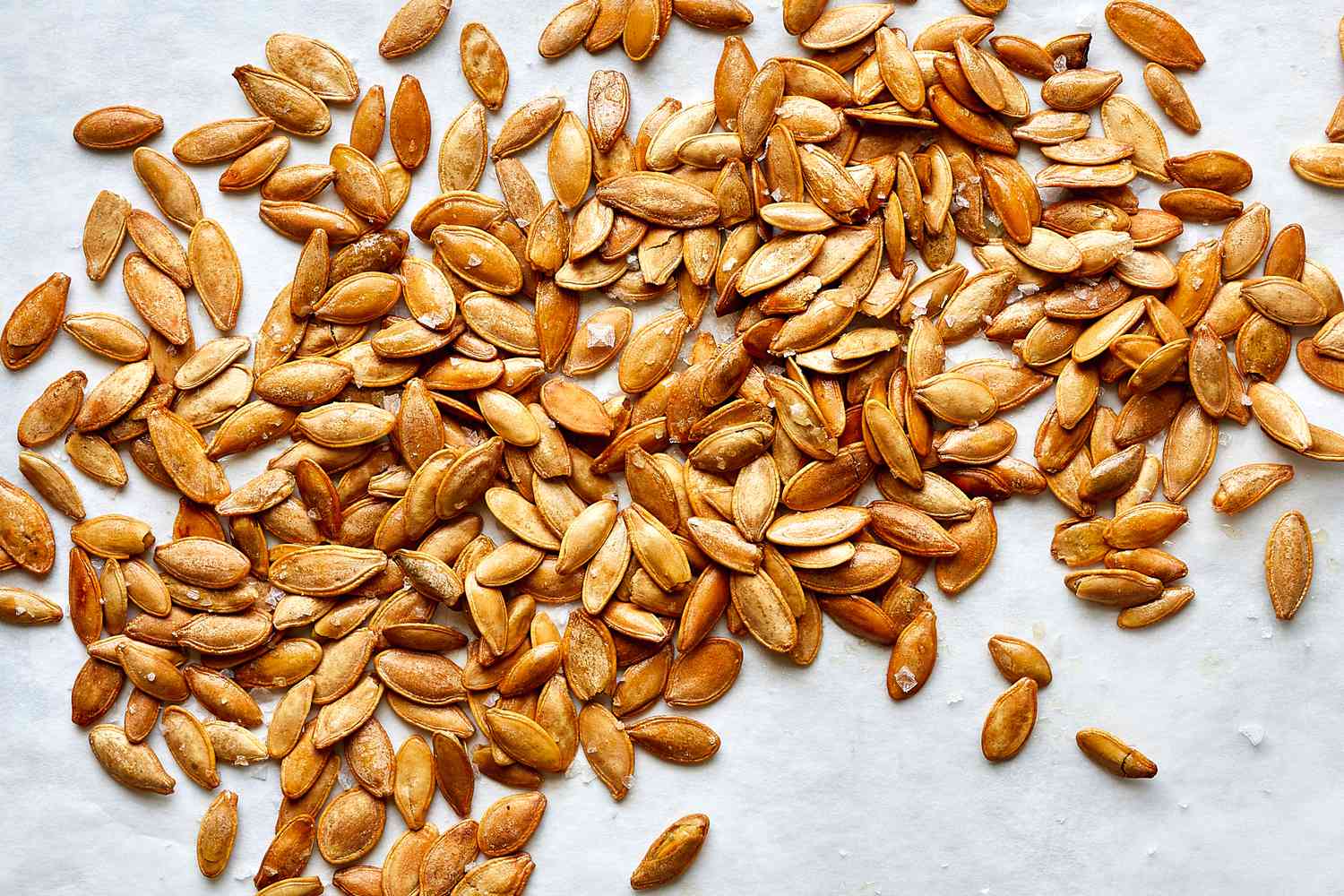
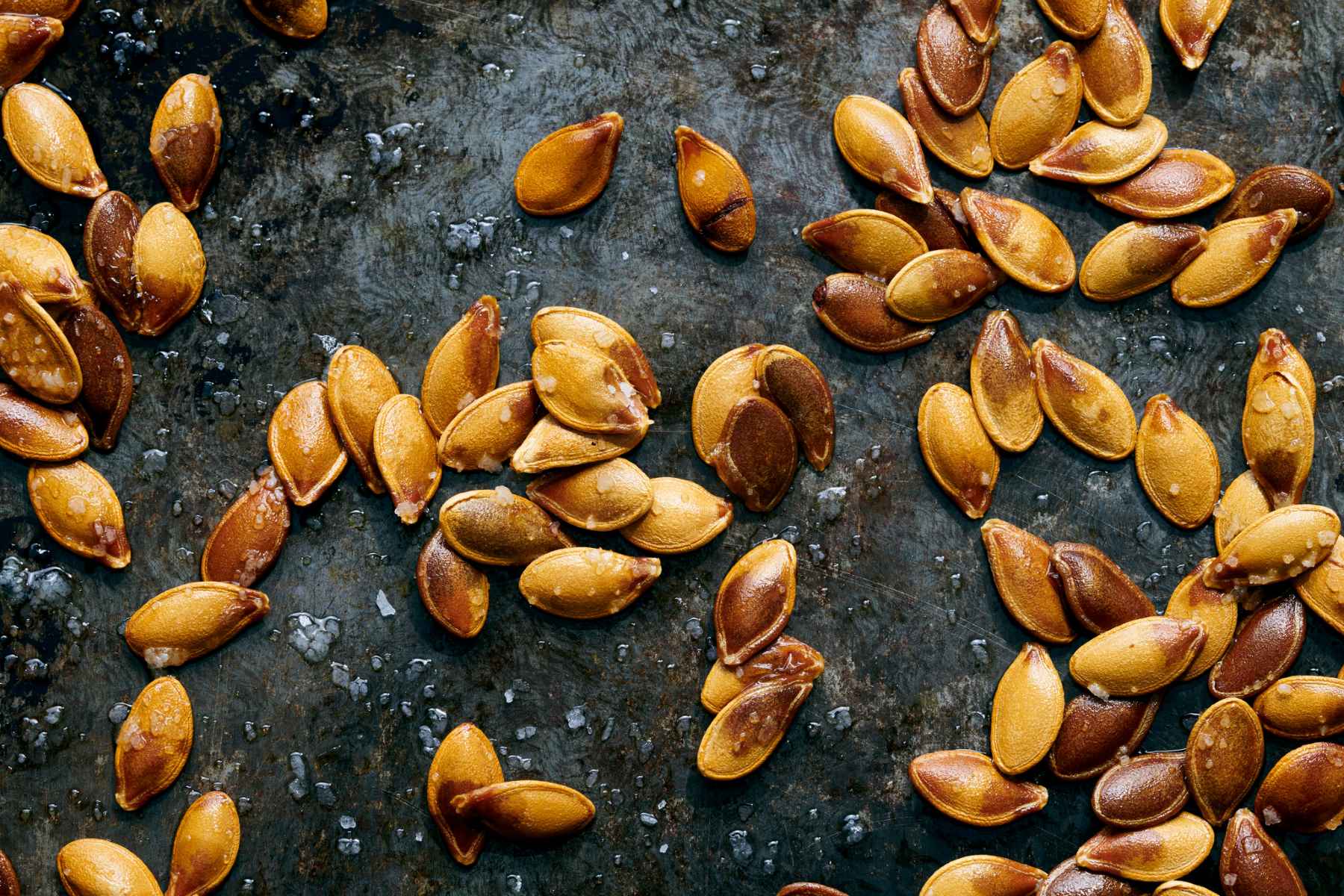

0 thoughts on “How Long To Soak Pumpkin Seeds”